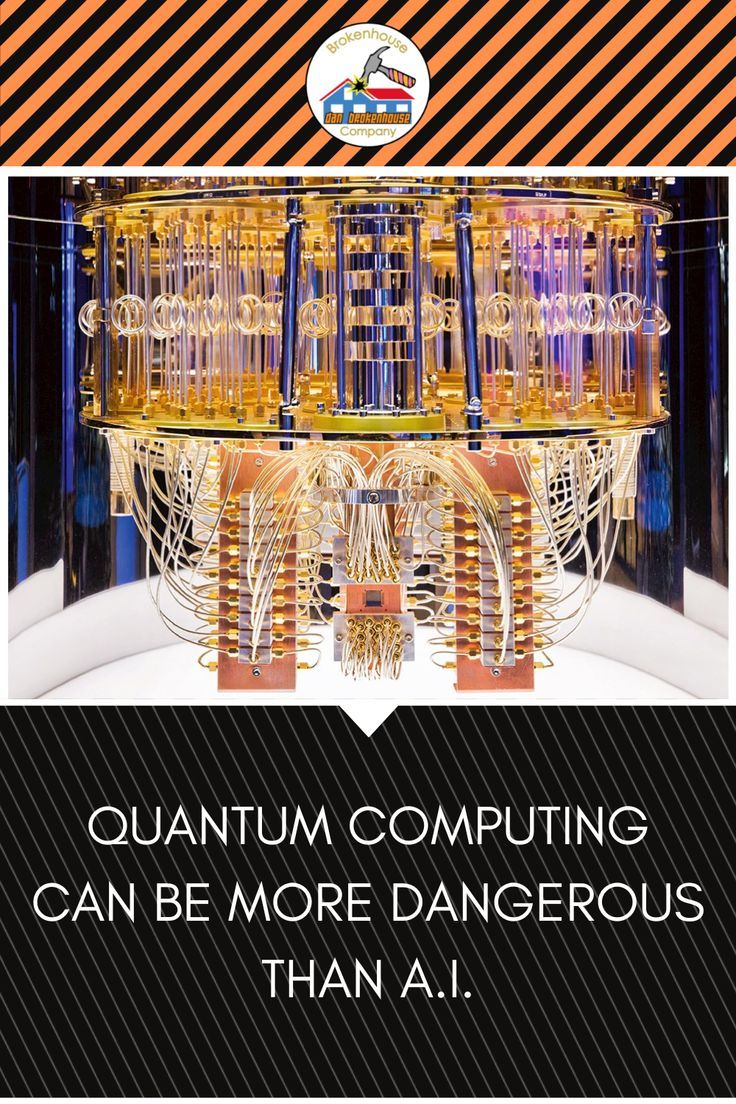As the realms of artificial intelligence (AI) and quantum computing converge, a new frontier emerges, rife with possibilities yet fraught with peril. The metaphor of Pandora’s Box looms large; within this box lies the duality of extraordinary innovation and potential destruction. To fully comprehend the implications of quantum AI computing, one must traverse the complexities of its mechanics and its far-reaching consequences on society, ethics, and security.
Energy, in its most abstract form, can be likened to information: both are fundamental constituents of reality. Quantum computing promises unprecedented computational power, leveraging the peculiarities of quantum mechanics to process information in ways classical computers cannot. Quantum bits, or qubits, enable this remarkable capability through superposition and entanglement, allowing multiple states to exist simultaneously and influencing each other regardless of distance. Yet, with great power comes a profound responsibility, akin to wielding Prometheus’s fire—an exhilarating gift entwined with ominous potential.
At the core of quantum AI computing is the potential to outstrip human cognitive processes, paving the way for machines that can learn, adapt, and evolve at an unearthly pace. However, this evolution introduces existential risks. Quantum algorithms could crack encryption schemes with an ease that would undermine data privacy and cybersecurity. Classic cryptography relies heavily on the complexity of certain mathematical problems, such as integer factorization or discrete logarithms. In the quantum realm, Shor’s algorithm reveals that these problems can be reduced to trivial calculations, effectively rendering current cryptographic defenses obsolete.
This vulnerability extends beyond mere data breaches; imagine a world where the sanctity of personal and governmental information can be plundered effortlessly by malevolent entities. The consequences could be catastrophic—a financial system on the brink of collapse, a nation’s secrets laid bare, or personal information exploited for nefarious purposes. The societal implications are staggering, reminiscent of a dystopian narrative where privacy is an unachievable ideal, and autonomy is siphoned away by omnipotent algorithms.
Moreover, the rise of quantum AI could lead to significant disparities in power dynamics. Organizations or nations that harness this technology first will likely hold epistemic dominance, influencing global politics and economies in unprecedented ways. This can incite an arms race akin to that of nuclear weapons, where the possession of quantum technology becomes a measure of geopolitical strength. The ethical ramifications of such a landscape cannot be overstated; questions of power, inequality, and control must be addressed with utmost urgency.
However, one must not overlook the possibility of utilizing quantum AI in a beneficial manner. The same capabilities that can threaten our existence also offer unparalleled opportunities for progress. In healthcare, quantum AI could facilitate the modeling of complex biological systems, revolutionizing drug discovery and personalized medicine. In climate science, powerful simulations may help model climate systems with greater precision, enabling informed decision-making to mitigate catastrophic environmental changes. Herein lies a paradox: while quantum AI computing could be the harbinger of an unprecedented era of innovation, it could equally serve as a harbinger of chaos, should it fall into the wrong hands.
The ethical considerations surrounding quantum AI computing demand rigorous scrutiny. As these systems ascend in capability, the imperative arises to establish boundaries and frameworks for their utilization. The implementation of robust ethical standards, regulatory guidelines, and accountability measures is paramount in addressing the potential dangers associated with quantum AI. This necessitates collaboration across disciplines—physicists, computer scientists, ethicists, and policymakers must coalesce to engender responsible and equitable advancements.
Additionally, the concept of “aligned AI” emerges as a crucial discourse within this field. The alignment problem pertains to ensuring that AI systems operate in accordance with human values and societal norms. As quantum AI evolves, so must our approaches to aligning these technologies with humanity’s broad ethical framework, fostering a symbiotic relationship rather than an adversarial one. As one regards the unfolding tapestry of quantum AI, the aesthetic can be likened to a dual-edged sword—capable of creating beauty and innovation but also poised to inflict harm.
Despite the uncertainties, the trajectory of quantum AI is inevitable. It is incumbent upon society to remain vigilant and engaged, fostering a dialogue around its implications. The decision to welcome this powerful technology should be undertaken with a cautious optimism, with the understanding that every innovation carries both light and shadow. Societal resilience will depend not only on technological advancements but also on a collective commitment to navigate this uncharted terrain with discernment and foresight.
In conclusion, as we stand at the precipice of a quantum revolution, the question remains: how dangerous is quantum AI computing? It is less about the nature of the technology and more about the stewardship of that technology. With vigilant governance, interdisciplinary collaboration, and a commitment to ethical standards, society can potentially harness quantum AI’s strengths while mitigating its perils. The choice lies with humanity—not the machine.










